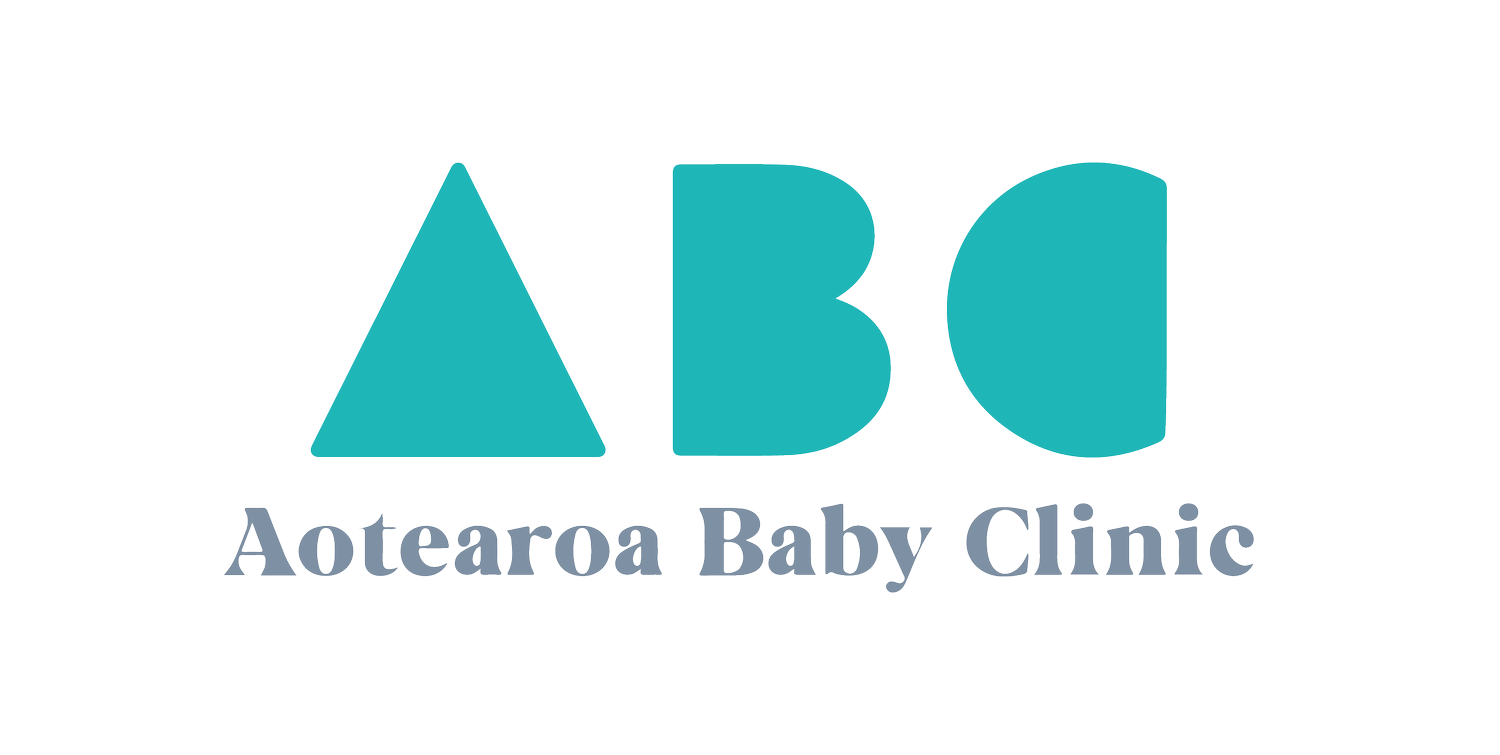Basics of milk production, Part 1: Pregnancy
You may have heard the statement that less than 5% of women* are biologically unable to breastfeed. But then you look at yourself, and around at the people you know, and see many more than 5% who have struggled to breastfeed or to make enough milk for their baby.
So, what’s going on?
While it’s true that under absolutely optimal circumstances, the majority of those who want to breastfeed would be able to do so, we often aren’t given “optimal circumstances”. Over the next few blog posts we’ll go through the normal physiology of breastfeeding, and then discuss the things that can interfere with this process.
Menstrual Cycles
Way before pregnancy occurs, the body starts to prepare for breastfeeding. During and after puberty, the hormonal shifts that occur during each menstrual cycle contribute to changes in the breast. While these changes are temporary (the new glandular tissue goes through apoptosis (cell death) if pregnancy doesn’t occur), there is some research that suggests that conditions affecting the menstrual cycle during puberty and adolescence, such as insulin resistance, PCOS, lack of periods due to disordered eating or RED-S, may impact on lactation later on. The evidence is not clear at this stage, so we can’t draw any conclusions, but a history of these conditions may increase the risk of breastfeeding problems later on.
Pregnancy Changes
During pregnancy, rising levels of the hormones prolactin, progesterone, oestrogen and human placental lactogen trigger the growth and development of glandular breast tissue (that will eventually make milk), and the interstitial supporting structures. Pregnant people often experience changes to the breasts in the first and third trimesters, such as itching skin, discomfort, increase in breast size, change in the colour of the areola, and nipple sensitivity. A lack of changes to the breasts during pregnancy should trigger more careful monitoring of the parent and baby after delivery as this can be associated with lesser milk production.
During the third trimester, the glandular tissue and supporting structures of the breast continue to develop, with the massive proliferation of epithelial cells, which will eventually form into a sphere of cells surrounding a circular lumen (like a little balloon). During late pregnancy and immediately post-partum, the junctions/gaps between these cells are open, and the colostrum is chocka full of proteins, immune factors, cytokines, and all-around goodness.
Many pregnant people can express colostrum antenatally, which can then be stored in the fridge or freezer to use postpartum. Learning how to hand express comfortably while you’re still pregnant is a fantastic skill to prepare for the post-partum period - any colostrum made and stored is a bonus.
Having an antenatal breastfeeding consultation with a breastfeeding medicine specialist or lactation consultant can be an excellent investment in your parenting journey to enable you to step into the postpartum period with knowledge and confidence.
While I recommend antenatal breastfeeding education to all pregnant parents, it is particularly recommended if there are any of the following factors:
Little to no breast changes occurring during pregnancy
History of hormonal conditions such as insulin resistance, PCOS, loss of periods for any length of time, thyroid disease
History of breast surgery, especially breast reduction
A massive increase in breast size during pregnancy (gigantomastia)
You have concerns about the medications you take and their impact on breastfeeding
Anatomical variations in the breasts such as tubular breasts or significant asymmetry
Difficulties during a previous breastfeeding experience such as recurrent mastitis, hypo- or hyperlactation, or needing to wean earlier than you wanted.
If you think you’d benefit from an antenatal consultation with Dr Sophie, please get in touch with us or book online here - we’d love to help you.
Basics of Breastmilk Production, Part Two: Labour, delivery, and the early postpartum coming soon.



